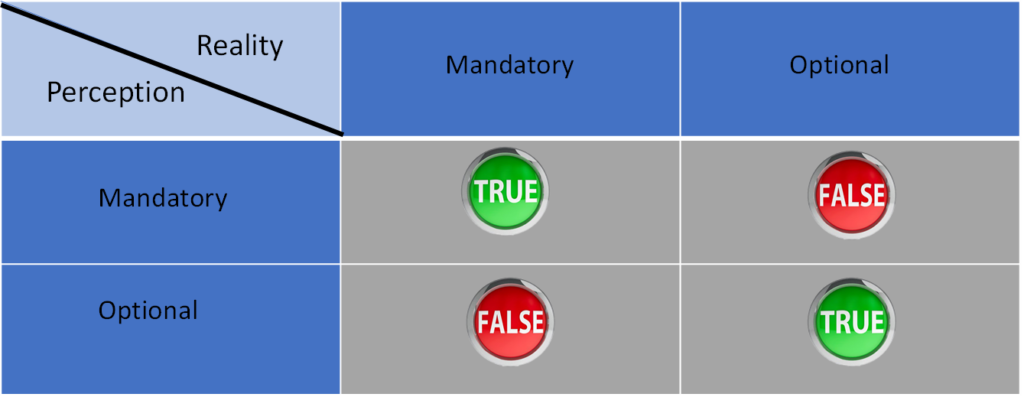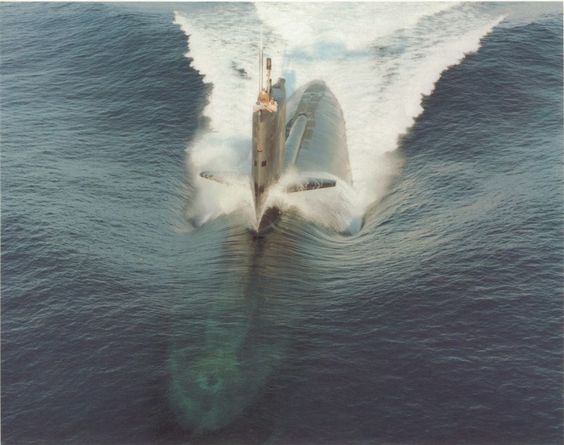
Throughout my career, I have been fighting a losing battle. Unfortunately, I am usually well in the minority or alone in my position and I have to let things go in the interest of progress.
The issue is that of standards. It saddens me to say that in my 40 year career in DoD logistics I have met very few logisticians who understand the difference between a standard and a policy. A lot of this has to do with how standards are constantly misused and taken advantage of.
In DoD, the central agency responsible for the management and control of standards is the Defense Standardization Program Office. They publish the Defense Standardization Program (DSP) Procedures manual, DoDM 4120.24, attached to this article. As defined in that manual, a standard is “a document that establishes uniform engineering or technical criteria, methods, processes, and practices.” The reader should notice the absence of the words policy, procedures, guidance, or mandate.
By far, the most common misconception I see is when someone makes the statement that something must be done in order to “comply” with a standard, such as MIL-STD-129 for labeling and marking of material or MIL-STD 1916 for statistical sampling. What makes a standard, or parts of a standard, mandatory is a policy that prescribes the standard, not the standard itself.
One example I give, often unsuccessfully, to those who are confused is to explain how today we have standards for both metric and imperial units; however, we have ordnance that is specified in metric (i.e. 9mm pistol) and others in imperial units (i.e. 2,000 lb bomb) but neither is in “non-compliance” of the other standard. In that case, the program manager of each respective program decided (in accordance with DoDM 4120.24) which standard is more appropriate in order to maintain commonality within their program.
So, if you are reading this, please consider reading the attached document and help reduce the standards confusion.

